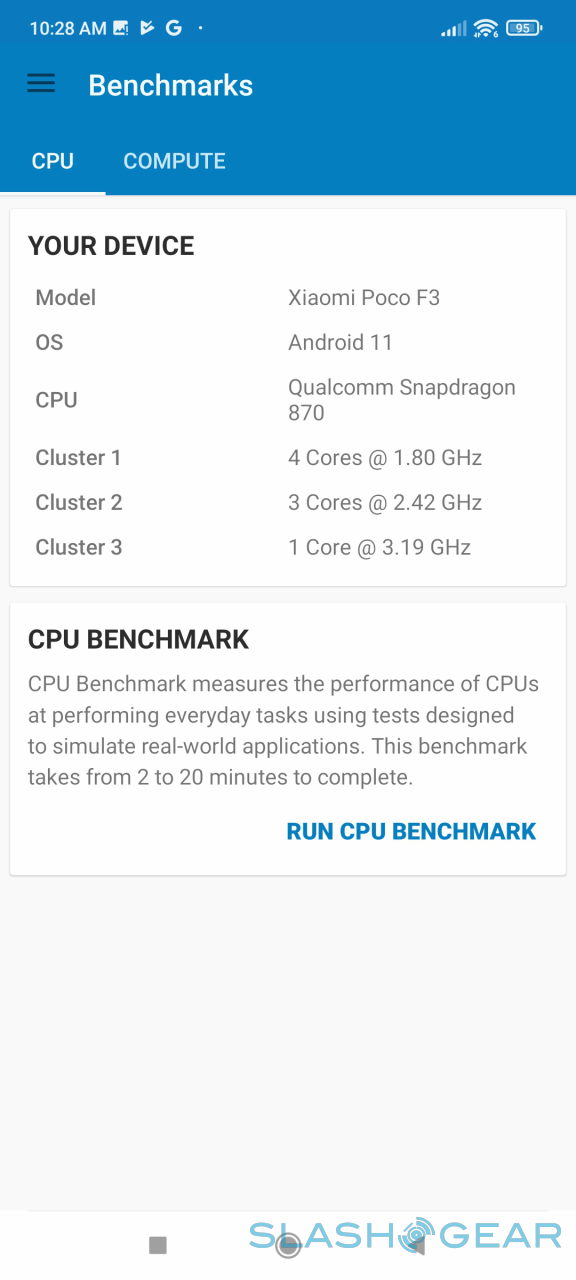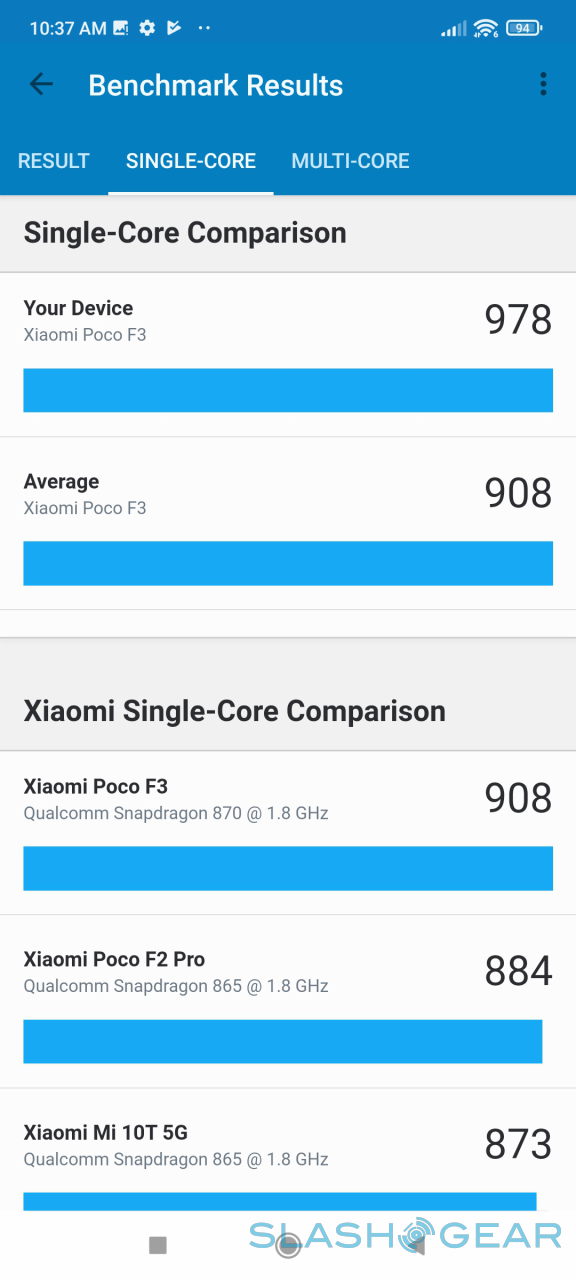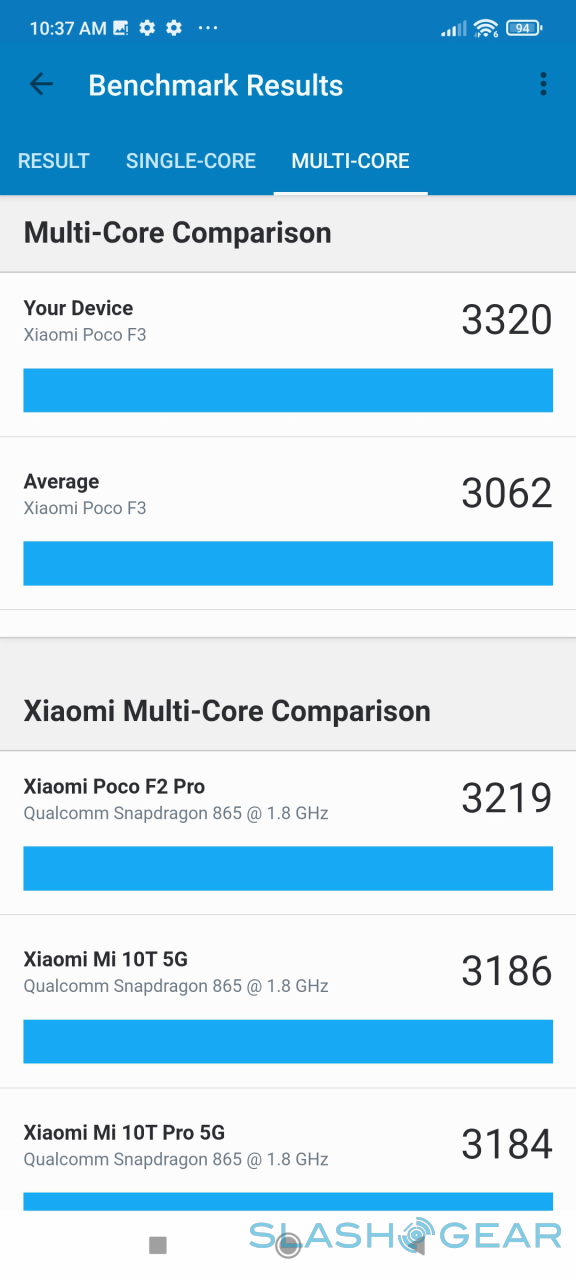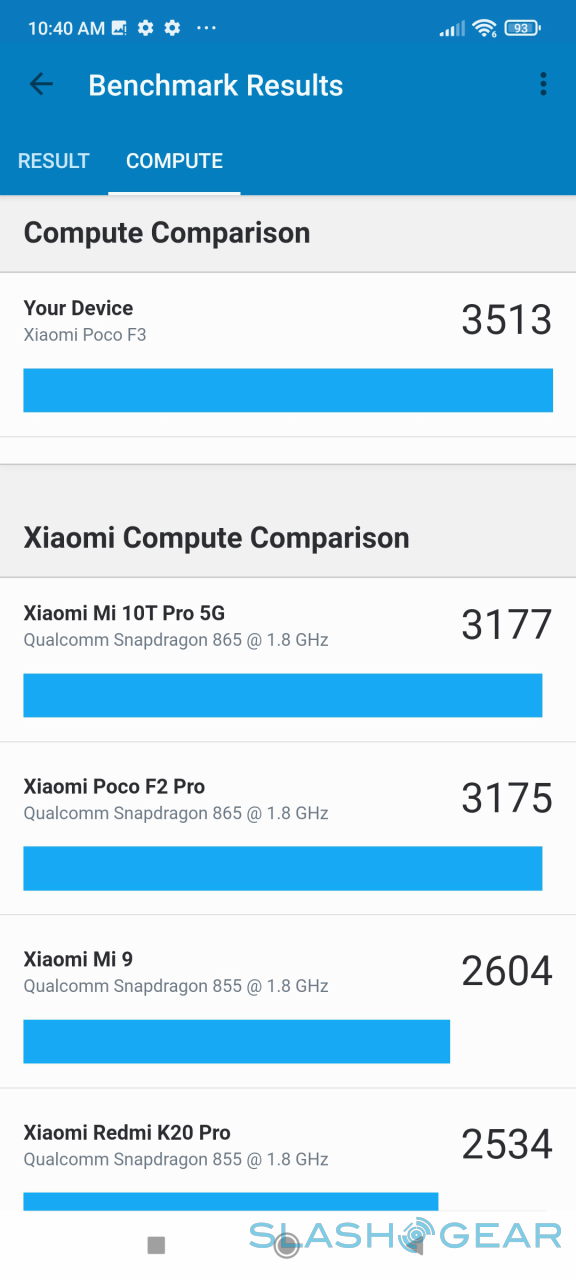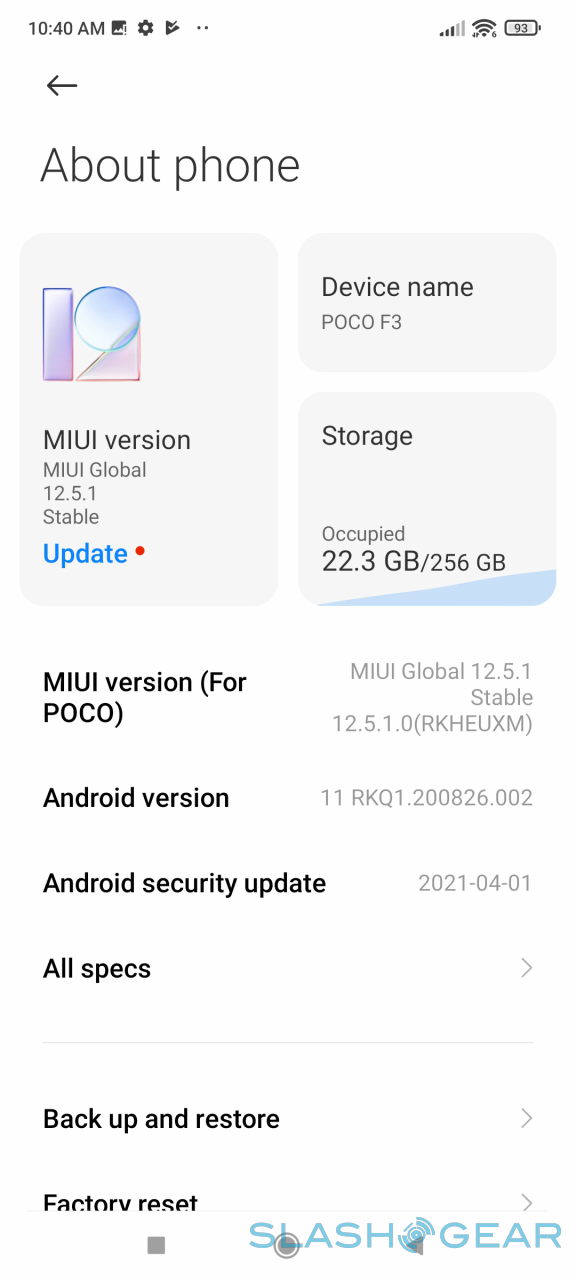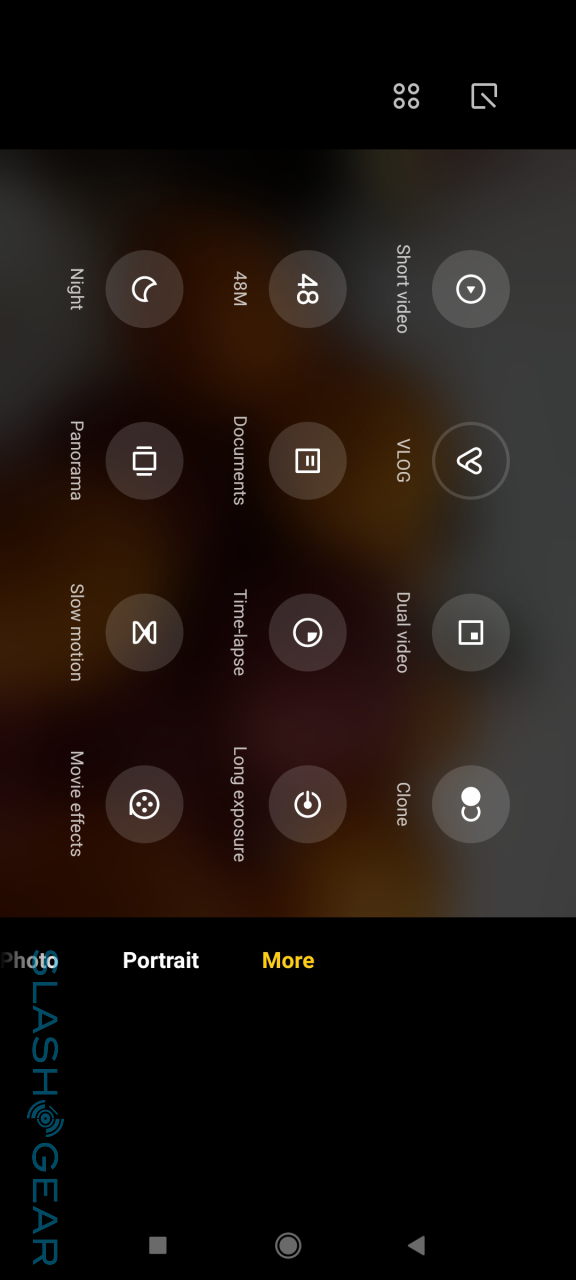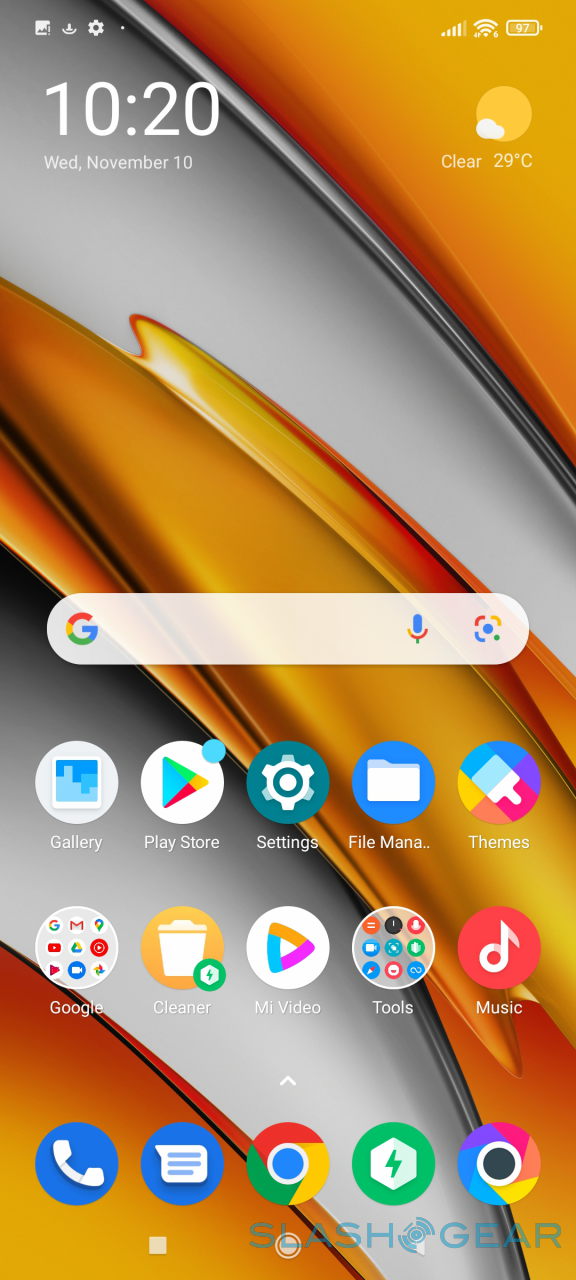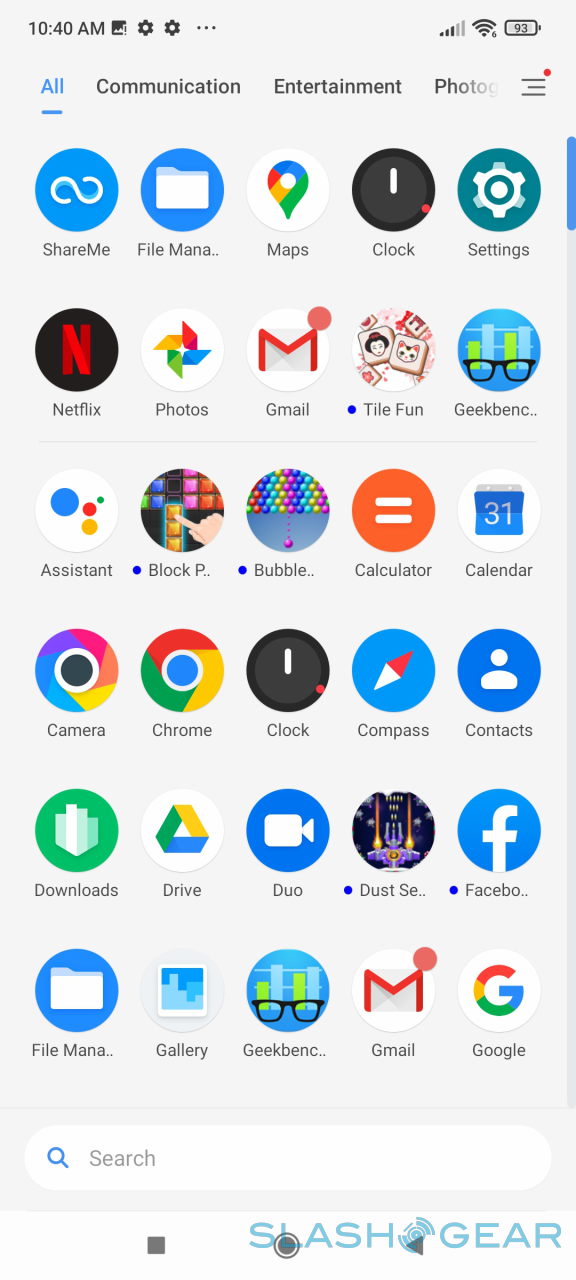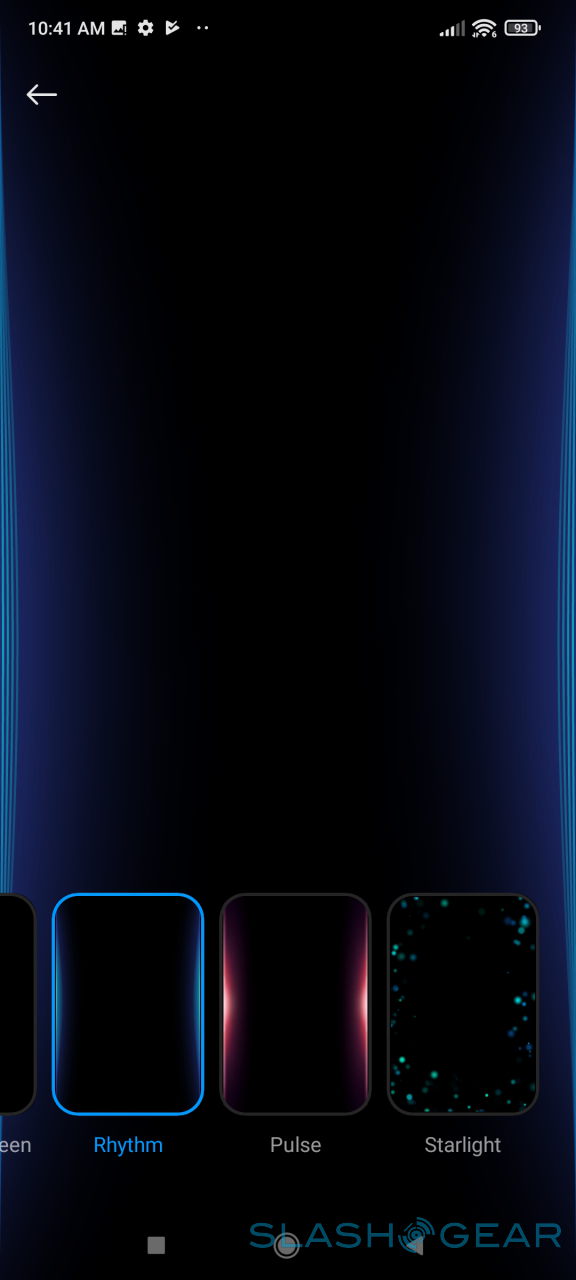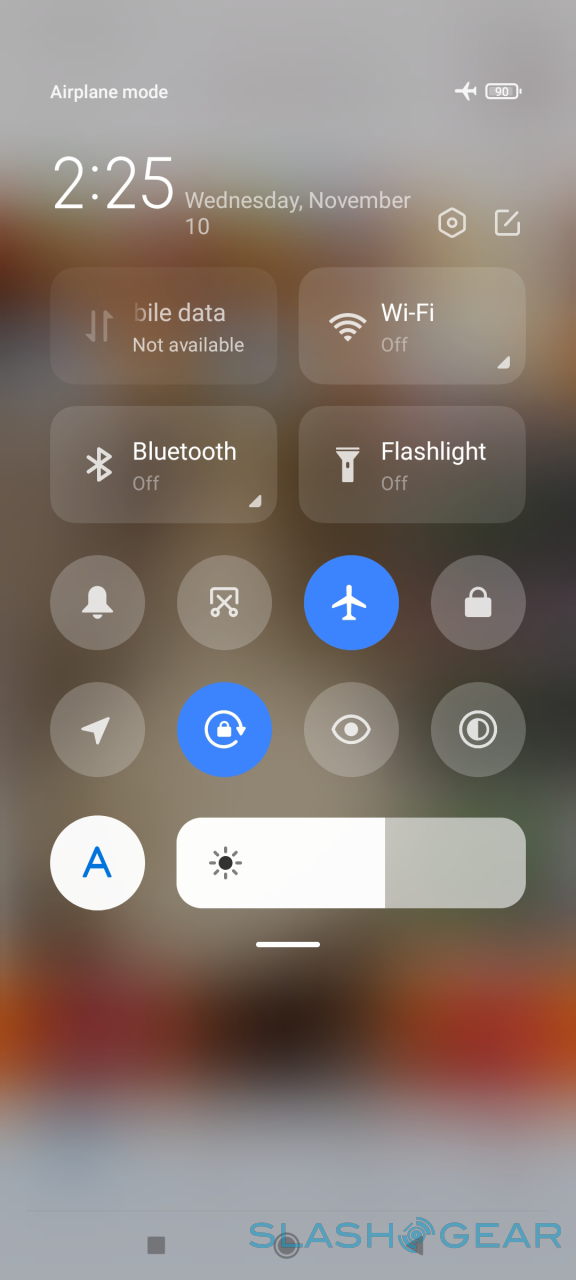POCO F3 Moonlight Silver Review
- Very accessible price for a powerful 5G phone
- Clean and stylish design
- Stereo speakers
- Bright and fast 120Hz AMOLED screen
- No headphone jack and microSD slot
- Mediocre camera output
- Heavily customized MIUI 12
POCO started out as a Xiaomi sub-brand that offered almost high-end performance but with too many compromises to keep the price extremely low. Those compromises were primarily found in the materials used, giving it a cheaper look and feel that contrasted with its true power. Since then, however, POCO has grown out of its shell to use more premium materials while sometimes also increasing the price tag. The POCO F3 was launched to be the company's "Real Beast" and its return to form. It recently launched a new variant of the phone with a Midnight Silver color option, and we take it for a run to see if there's more to it than just a pretty rear.
Design
There is really no way to tell that the POCO F3 is a phone that costs less than $400 just by the way it looks unless you're familiar with the history of the POCO brand. Even before this new edition, the smartphone already looked the part of a more expensive premium phone, especially thanks to its Corning Gorilla Glass 5 back. The frame joining the two sides, however, is plastic, but you wouldn't be able to tell until you feel it in your hand.
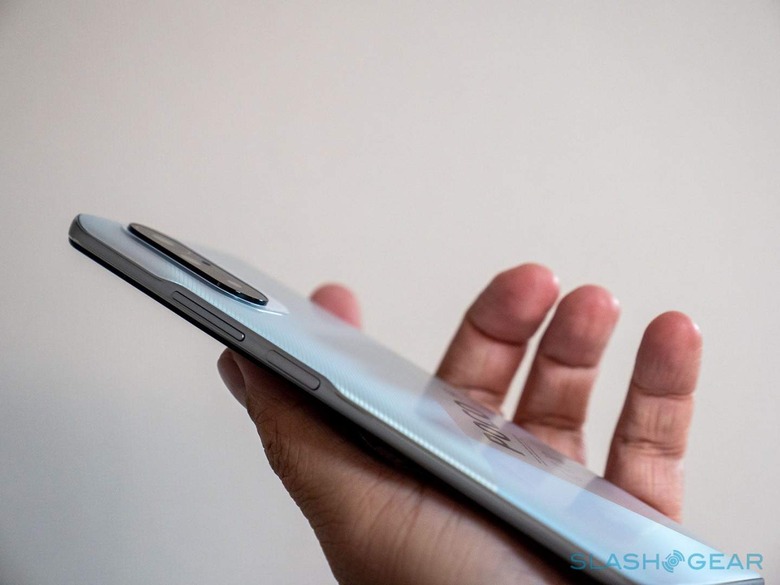
The Midnight Silver adds a touch of personality to the POCO F3, though not in a completely unfamiliar way. It is practically a silver variant of the existing Deep Ocean Blue, completed with the sectioned areas that have different designs and shades of silver. This gives the phone a less glossy appearance, hiding potential fingerprint smudges and dirt while also assigning a somewhat quirky visual character. The only thing that mars that otherwise premium look is the large POCO logo that goes against the trend in most smartphones these days.
There is also almost nothing around the edges of the phone except for the USB-C charging port, the SIM card tray, and the speaker grilles. That might raise red flags for some, and they are correct to be worried. The POCO F3 has no 3.5mm headphone jack. It doesn't even have a microSD card slot. These are two things that have become standard among higher-end phones, and it seems that POCO wants to copy that, even if it remains an unpopular trend. Unlike other manufacturers, however, POCO at least provides a USB-C to 3.5mm headphone adapter in the box.
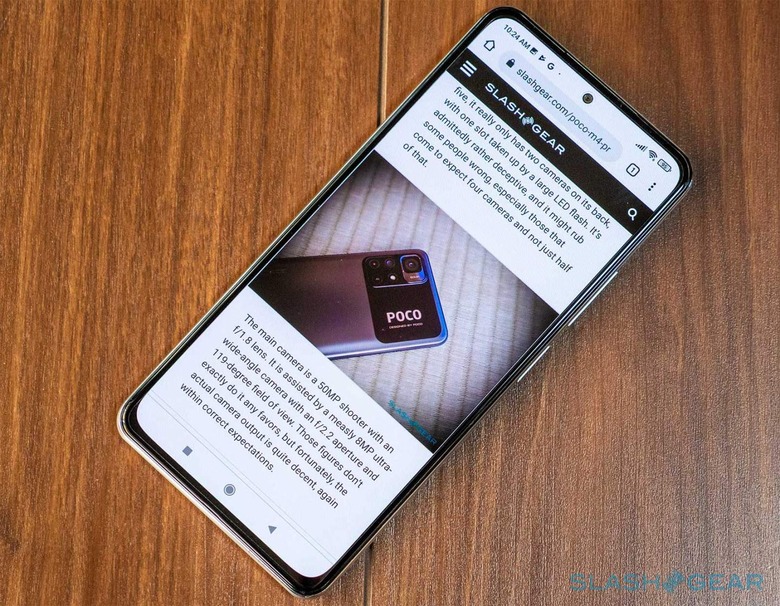
As for the front of the phone, it is as much a thing of beauty as the back, at least with the display turned on. The 6.67-inch AMOLED display might only have a 2400x1080 pixel resolution, but that helps keep its power draw low. It is bright enough even with auto settings, and the colors are vibrant, especially with HDR10+ content. The 120Hz refresh rate shines in most games and when scrolling through the UI, but the phone's software switches between different rates depending on the content. When playing a game like Fortnite, we got a very smooth experience with no ghosting artifacts.
Performance
It might be surprising that the phone with this price tag would flaunt a high-end Qualcomm processor, but that's exactly what the POCO F3 is packing inside. The Snapdragon 870 is no 888, of course, but it is no slouch either. It handled almost everything we could throw at it with aplomb, only exhibiting some warmer temperatures after extensive gaming.
Equally surprising is the presence of a stereo speaker setup, something also often reserved for more expensive devices. The POCO F3 actually has a rather odd system where the earpiece speaker also functions as a stereo speaker along with the speaker grilles on top, creating almost like a triple speaker arrangement. Unfortunately, that doesn't exactly do much for the output, at least as far as the high tones go, though the speakers do get quite loud on max.
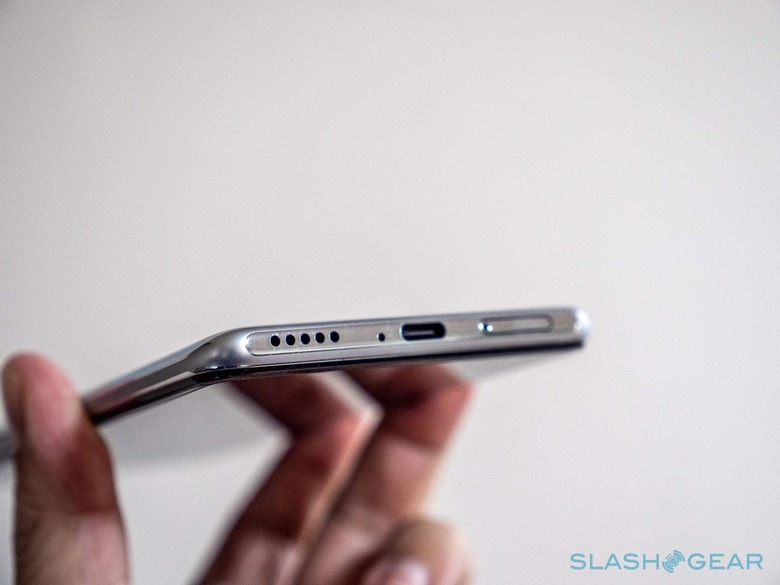
The phone carries a 4,520 mAh battery, which doesn't sound much considering the processor that it powers. POCO makes up for it with a 33W fast-charging capability that's a bit rare on this price tier. That still does mean you need around an hour to fully charge the POCO F3, but it isn't that bad when you consider that the Galaxy S21 only charges at a max speed of 25W.
Cameras
The POCO F3 has a triple camera system that, for all intents and purposes, is quite decent, as long as you're not expecting stunning, high-quality photos. The 48MP main camera does a decent job of capturing enough detail for most shots under properly lit environments. Colors are closer to reality compared to other phones that tend to oversaturate photos.
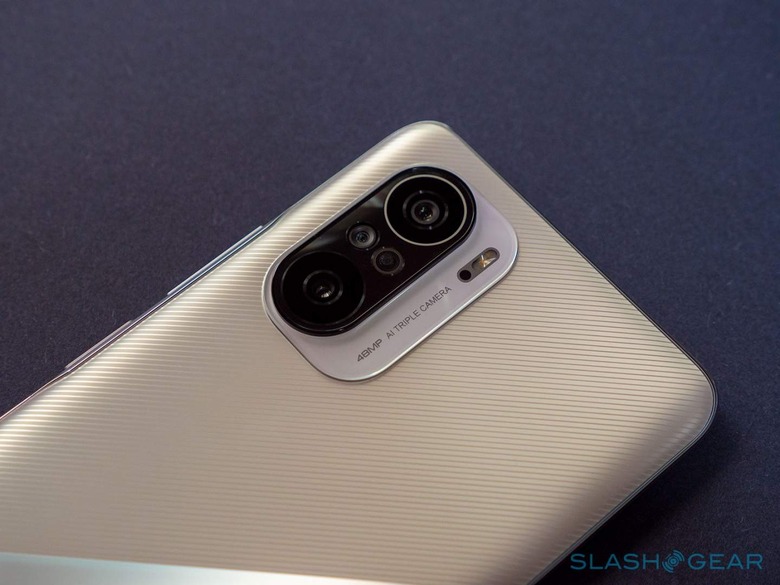
On closer inspection, however, one will be able to see flaws that can be easily overlooked at first glance. Many details are blurred out due to heavy post-processing, for example, especially with large bands of color. There's also a great deal of noise in areas where the software overcompensates in trying to sharpen smaller details.
All in all, the POCO F3's cameras are quite serviceable, but they will fall short of being top-notch. The absence of a telephoto camera is quite disappointing as well, and the 5MP telemacro shooter doesn't exactly take its place. Then again, not many $400 phones carry this much camera hardware or perform as well, so it's still a win for POCO in the end.
Software
Thanks to its roots in Xiaomi, the POCO F3 runs the latest MIUI 12, which is still based on Android 11, but with very big differences that are unique to POCO. While Xiaomi has been steadily steering MIUI towards a more standard Android user experience, POCO seems to be going in the opposite direction. There is no shortage of special features you won't find in other Android skins, and some might even be controversial.
POCO's version of MIUI 12 has tons of customization options and, unsurprisingly, quite a number of pre-installed apps. Ironically, the POCO Launcher itself doesn't have much in the way of options, forcing users into an app drawer with fixed categories. Perhaps the biggest change to the Android experience is the split between the Notification drawer and a POCO-specific Control Center that is reminiscent of Apple's iOS. Fortunately, that is configurable and can be switched to the default unified Android convention.
Wrap-up
There is definitely a lot going for the POCO F3, especially when you consider its price tag. Its performance is quite impressive, even if it isn't the best, and the FHD+ AMOLED display is great for games that support 120Hz refresh rates. There are, however, also some warts here and there, but none too glaring, unless you absolutely swear by wired headphones. It is definitely a solid mobile companion for its price, especially if you can wrap your head around the custom POCO Android experience or can even get your hands on the phone.
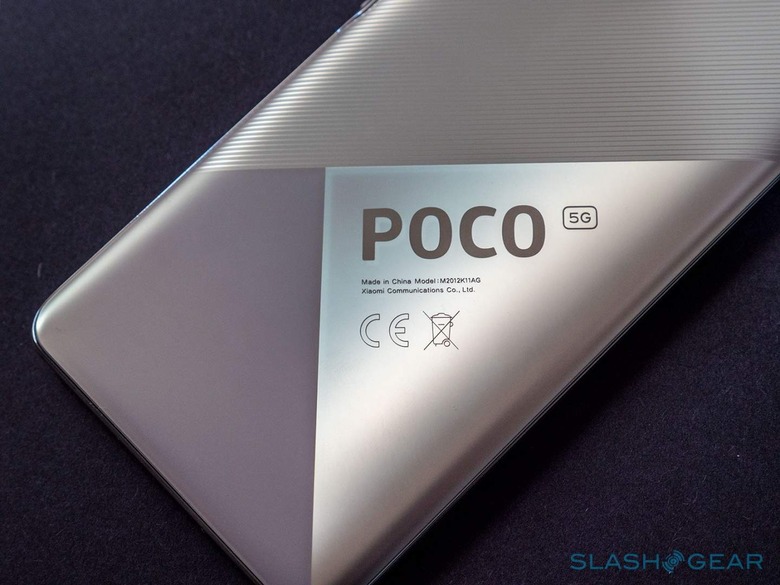
The POCO F3 Midnight Silver color option will go on sale on November 11, starting at 329 EUR ($380) for the 8GB RAM and 256GB storage configuration. On Black Friday later this month, a model with 6GB of RAM and 128GB of storage will also launch for 299 EUR ($350).

